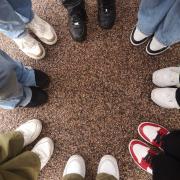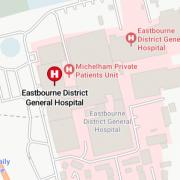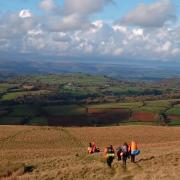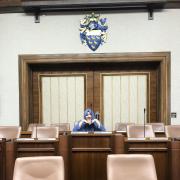
Crawley is a town which is often regarded as being a place with little to no history. But much of its history hides within the different landmarks and locations spread across the town. Crawley is home to various churches and timber framed buildings such as the Hogs head or Crawley museum. This town’s history dates back to the neolithic age. By 1316,the town was to be recognised as Crawley. The name derives from the Anglo Saxon term crawe leah meaning ‘cow infested clearing’. The selling of cattle was quite significant to Crawley. The town was once used as a market town for agriculture and livestock.
One of Crawley’s oldest and most famous landmark would be the Ifield watermill. The mill has been working since 1660 and is believed to be the only watermill in Sussex to be powered by its source (Ifield Millpond). The mill once acted as a cornmill until the 1920s, where it was later left to deteriorate for the next 50 years. From 1974, the watermill had been under restoration work by a small enthusiastic group. It is now harbouring 4 floors of exhibitions surrounding its history and that of the local area. On display is its fully functioning water wheel as well as the inner workings of the mill. The Ifield watermill is currently being maintained by the crawley museum society.

Another landmark would be the Crawley Elm, which was a large hollowed out tree located in Crawley Green. It had grown to a staggering 70 feet tall or twice the size of the Crawley church spire. The tree had a door which led into a spacious room which could hold a table and some chairs for the villagers to hold gatherings. By 1935, the tree was beginning to show its age and began to die. Later in 1950, a visit was made to the tree by Princess Elizabeth, three years before the tree had to be permanently removed. Directly opposite the tree was the elm, a mediaeval house dating back to the 1400s. For 130 years, it was the home to local doctors but is now where the crawley museum resides.
Much of Crawley's history lies within its landmarks, most of which are currently being maintained by the Crawley museum society. But much of Crawley's past is documented through old photographs and sketches, many depicting familiar streets and buildings still standing today. These Photos can be found in old photo books of Crawley or at the Crawley museum, where they are on display alongside other artefacts from the town's past.



























